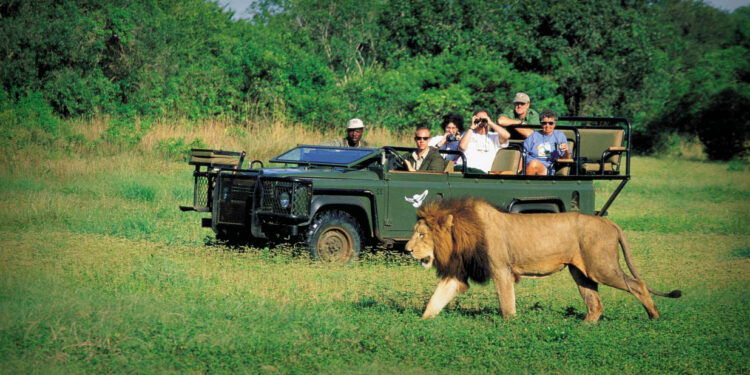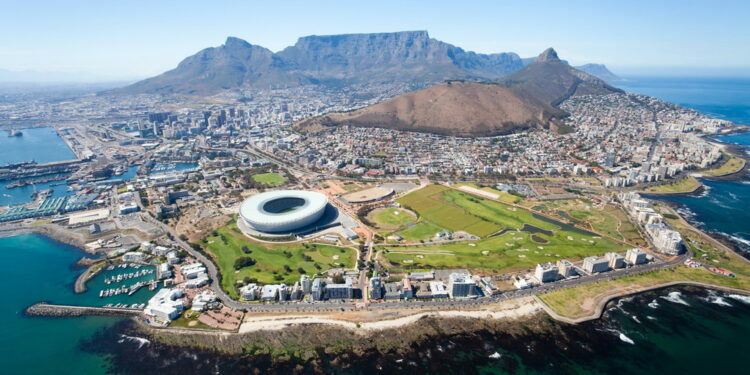The increase in the number of visitors to the country’s national parks is an indication that the tourism sector is recovering from the impact of the COVID-19 pandemic, says Minister of Forestry, Fisheries and the Environment, Barbara Creecy.
READ MORE: Seychelles: Tourism Festival to Honor Pioneers of the Hospitality Industry
Addressing the launch of the National Parks Week at Augrabies National Park, in the Northern Cape, the Minister said the recovery, primarily at this stage in the domestic tourism market, reflects that the South African Economic Reconstruction and Recovery Plan in the tourism sector is well on track.
She said conservation and biodiversity management in developing countries is only sustainable if communities living adjacent to national parks benefit directly from tourism and its associated ecosystems.
In an effort to expand the economic opportunities in the national parks, earlier this year SAN Parks hosted a conference where over 100 projects were launched seeking investment partnerships in accommodation, retail activities and restaurants in the national parks.

READ MORE: Morocco: Airports Tally Astronomical Positive Recovery Rates
Last year the Minister’s office received the report of the High-Level Panel of Experts (HLP) that reviewed the existing policies, legislation and practices on matters of elephant, lion, leopard and rhinoceros management, breeding, hunting, trade and handling.
Furthermore, the sector has not reached its potential in terms of the contribution to the economy and growth domestic product (GDP).
READ MORE: Equatorial Guinea: Eurekeando Become Members of the African Tourism Board
Additionally, the panel noted that certain practices bring the biodiversity sector and its commitment to sustainable use into disrepute and harm the country’s international status as an ecotourism destination.
Government has released the draft White Paper on sustainable use and the Game Meat Strategy for public comment.
The draft White Paper focuses on transformation, with access and beneficiation by communities adjacent to protected areas, as well as for previously disadvantaged individuals.
The draft White Paper also sets out important principles, which will guide future policy, legislation, and decision-making across the sector.









